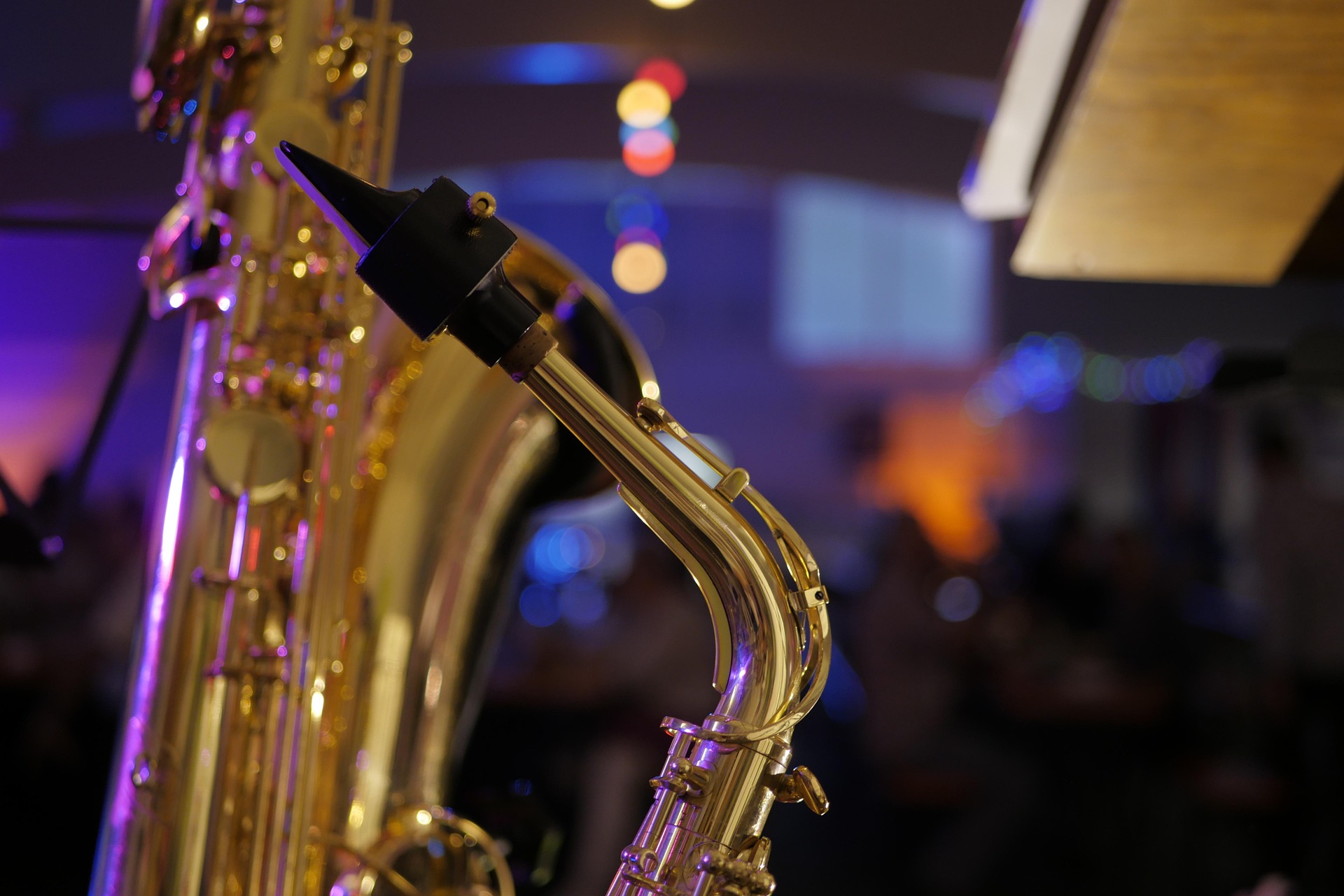
You ever listen to a jazz station and feel like it’s not just playing music, it’s setting the mood for your whole day? One minute you’re folding laundry, the next you’re imagining yourself in a smoky lounge in 1962 with a Negroni in hand. That kind of transformation doesn’t just happen because of the music. Nope, that smooth, buttery voice between the tracks? That’s radio imaging for jazz doing the heavy lifting. If you’re a voice actor looking to break into this space, spoiler alert: it’s not about sounding like you’re narrating a car chase. It’s about vibe. Always vibe.
Let’s not overcomplicate it. Radio imaging is basically the glue that holds the station’s brand together. It’s the voice that swoops in between songs to remind listeners what they’re tuned into, announce upcoming shows, and generally keep the station sounding polished without stepping all over the music. But with jazz? This isn’t your typical “top of the hour, let’s get LOUD” kind of imaging. It’s more “welcome to your favorite corner of the universe” energy. You want to sound like the kind of person who owns a record player and knows how to make a decent espresso.
Imagine someone shouting, “COMING UP NEXT!” over a Miles Davis track. Exactly. You don’t scream over a sax solo. With radio imaging for jazz, the voice has to feel like it belongs. It should be calm, confident, maybe even a little mysterious, like you know where the good late-night spots are, but you’re not gonna tell unless someone asks nicely. Voice actors in this space need to think less “hype man” and more “smooth operator.” Your tone should complement the music, not wrestle it to the ground. The best jazz imaging voices know how to melt into the background just enough to feel present but never pushy.
If jazz had a golden rule, it’d be: never rush. Same goes for the imaging. The pacing of your read should feel like a conversation with someone who’s got nowhere else to be. Give the music room. Let silence do some of the talking. A pause can be just as powerful as a word and maybe even more so. You’re not there to fill space; you’re there to give the station character. Think of yourself as the person who casually walks into the room and somehow makes the entire vibe better without saying much. If that sounds like magic, welcome to the job.
Jazz is one of those genres that carries its own atmosphere. It's smooth, unpredictable, a little cheeky at times and that’s exactly how your voiceover should feel. You want your delivery to say, “Relax. You’re in the right place.” without actually saying those words. For voice actors, this means bringing warmth, control, and a little charisma to every line. Whether you’re recording a station ID or a short promo, the goal is the same: fit the vibe, serve the music, and make listeners feel like they just stepped into a cooler version of their own life.
Look, you’re not going to be front and center on a jazz station, that job belongs to the trumpet, obviously. But if you’re doing your job right, people will notice. They’ll start to associate your voice with comfort, familiarity, and good taste. Which is basically the radio equivalent of being a sommelier for sound. Time for a bonus: jazz stations tend to have long-time, loyal listeners. That means your voice could become part of someone’s daily routine without them even realizing it. You’ll be the invisible glue holding together a whole vibe. Which, let’s be honest, is kind of a flex.
To sum it up: if you’re a voice actor with a knack for cool-headed reads, a love of music that swings, and the ability to sound smooth without trying too hard, radio imaging for jazz might just be your calling. You don’t need to know every Coltrane record ever made (though it helps). You just need the kind of voice that feels like it belongs in a room with dim lighting and great acoustics. So next time you're looking for a genre that respects good timing, soft tones, and smooth delivery, give jazz a shot. If nothing else, you’ll finally have an excuse to buy that vintage mic you’ve been eyeing.
Radio Imaging for Jazz by Alan Shires